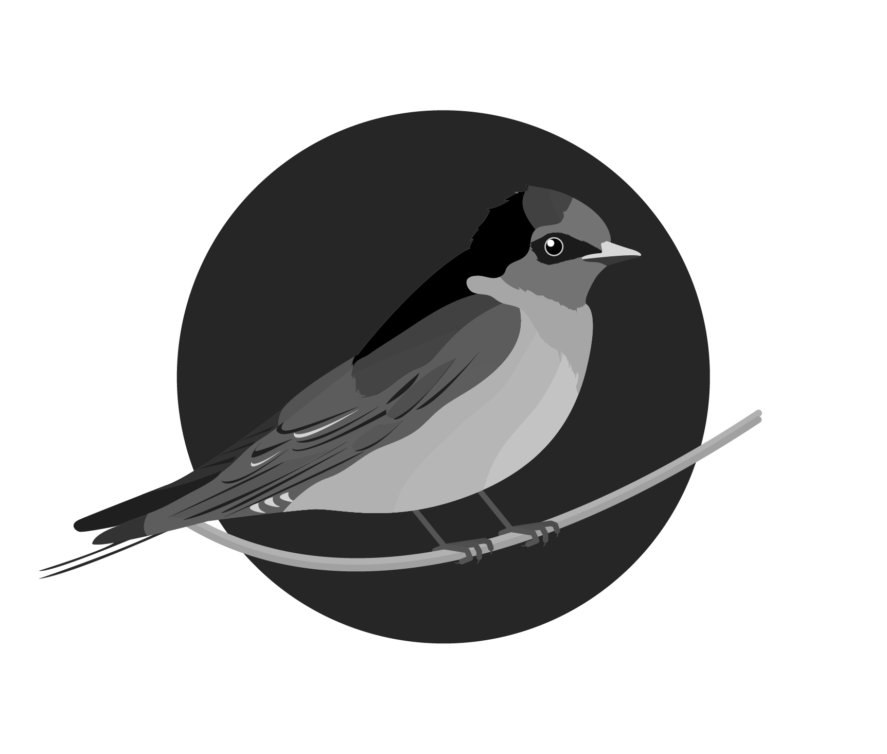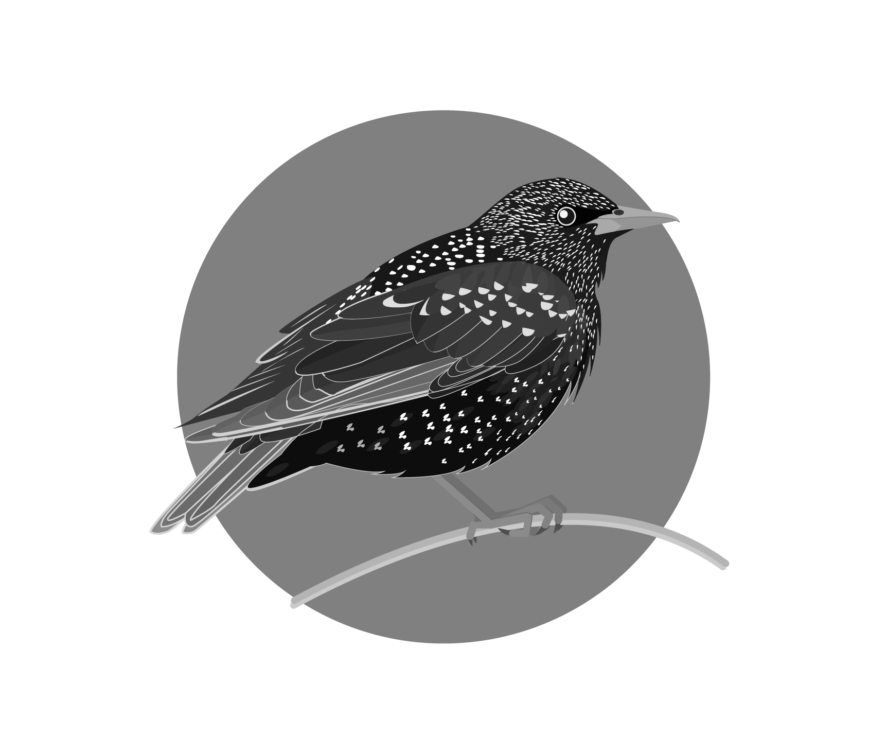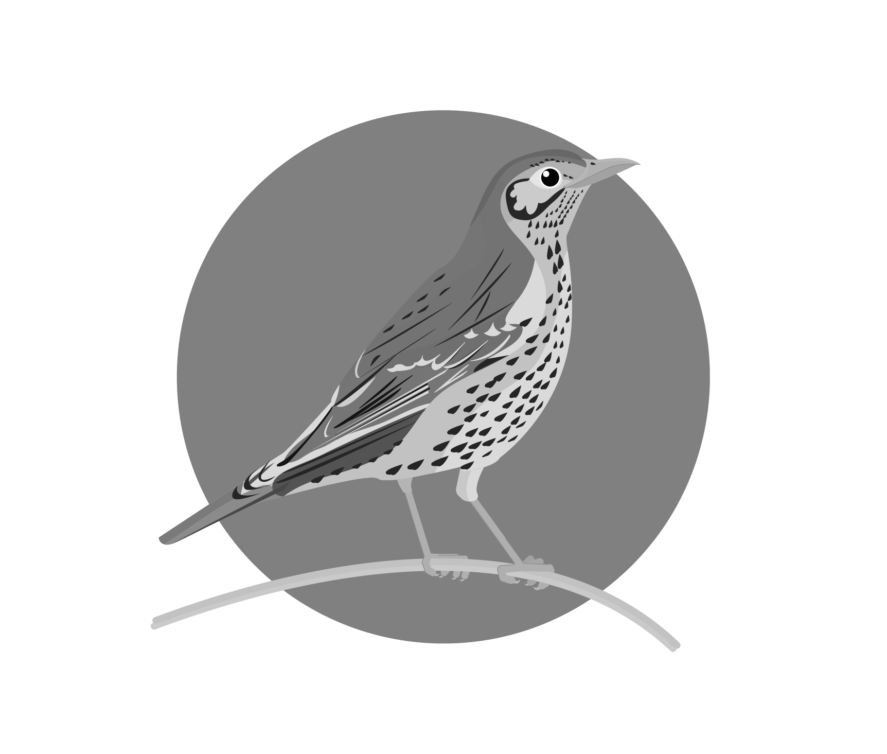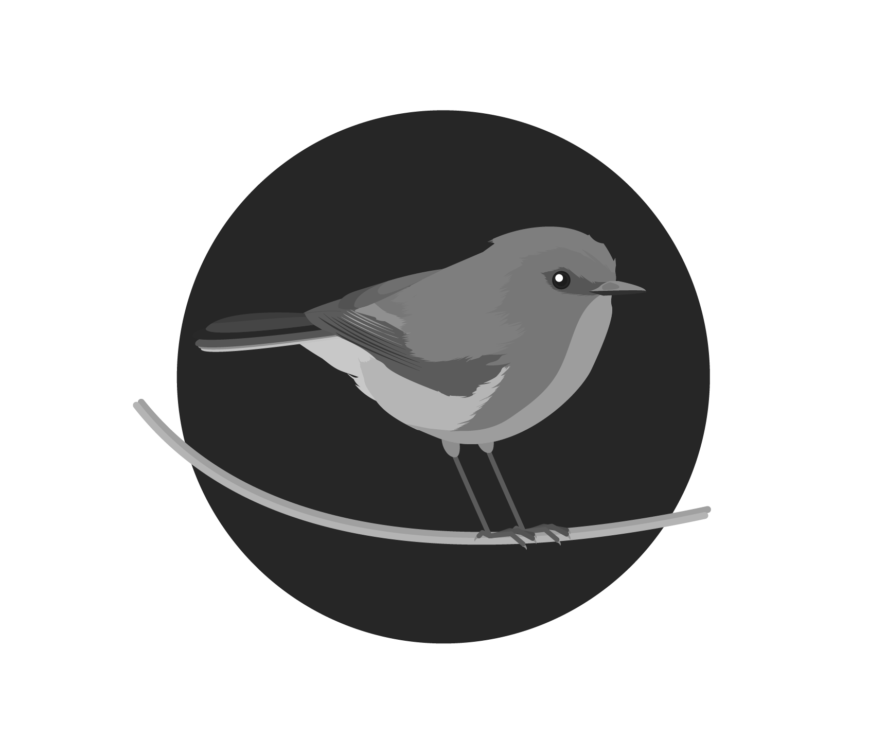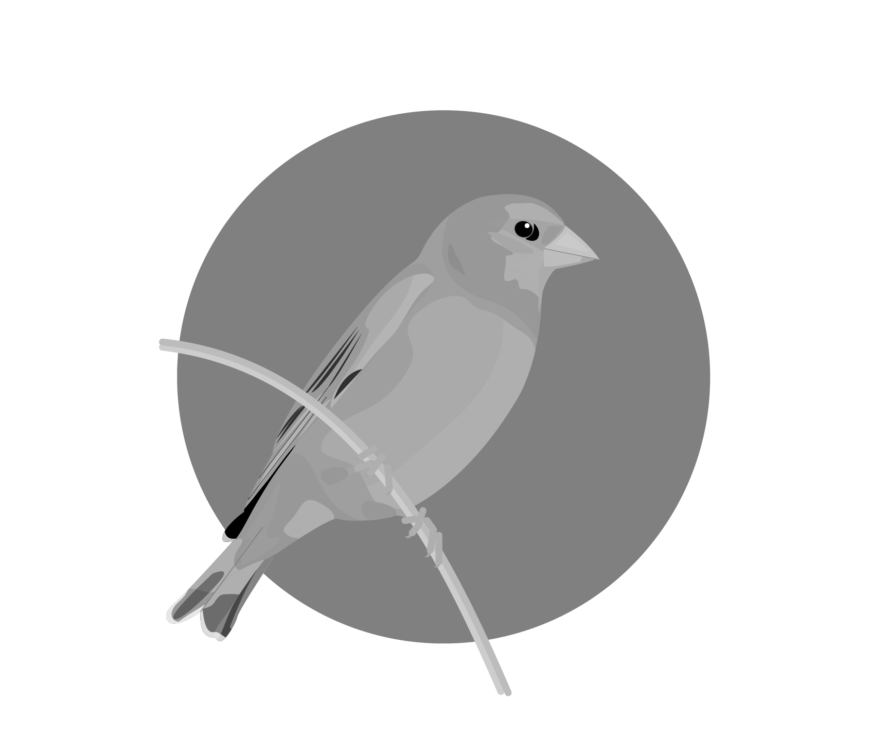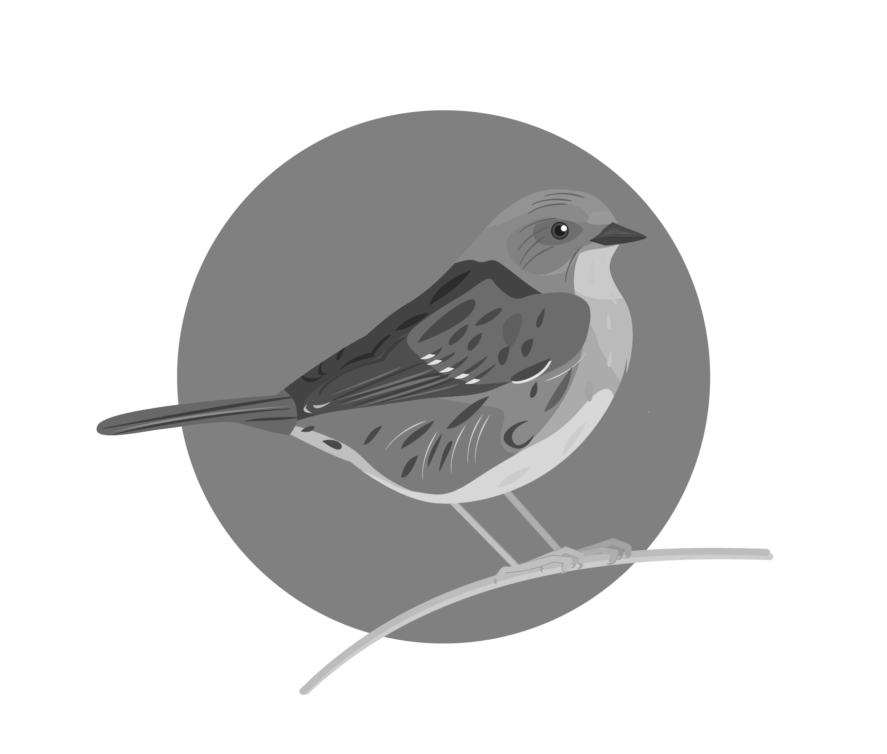-
Troppo Plant & Garden Articles
- Delicious Recipes
- TROPPO’s Food Forest in Te Puke, BOP (www,foodforest.org.nz)
- Troppo’s Plant Collection
- TROPPO's Nursery Directory
- Food Forests of New Zealand (www.foodforests.nz)
- Nursery Map - Plant Suppliers of NZ Directory (www.nurserymap.nz)
- Kids Garden Corner
- New Zealand Garden Bird Survey
- New Zealand Garden Groups
Fantail

The Energetic Fantail of New Zealand
The Fantail (Rhipidura fuliginosa), known as “Pīwakawaka” in Māori, is one of New Zealand’s most charming and acrobatic native birds. Recognizable by its distinctive fanned tail and energetic flight patterns, the Fantail is a beloved presence in gardens, forests, and urban areas across the country.
Appearance
Fantails are small birds, about 16 cm in length, with a characteristic fan-shaped tail that they frequently open and close. They have two color morphs: the more common pied morph with grey, white, and black plumage, and the less common black morph which is entirely dark. Both morphs display the same lively behavior and acrobatic flight.
Habitat and Distribution
Fantails are widespread throughout New Zealand, inhabiting a variety of environments including native forests, scrublands, wetlands, and urban parks. They are highly adaptable and can be found from sea level to alpine areas, often seen flitting about in search of insects.
Diet
The Fantail primarily feeds on insects, which it catches in mid-air with remarkable agility. They are often observed performing intricate aerial maneuvers as they hunt for flies, beetles, moths, and spiders. Fantails also glean insects from foliage, making them valuable pest controllers in gardens and forests.
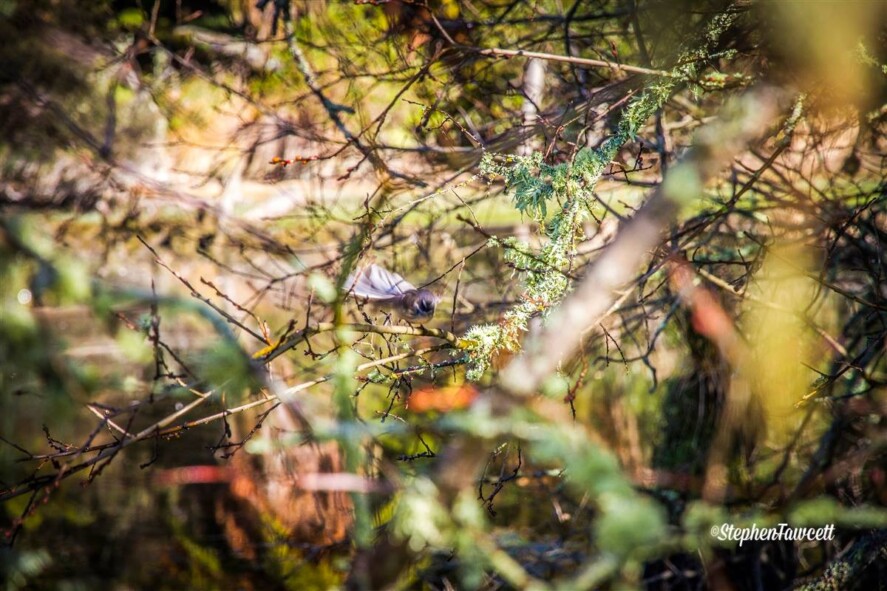
Photo credit: Stephen Fawcett
Behavior and Song
Fantails are known for their restless and energetic behavior. They rarely sit still, constantly flicking their tails and darting about. Their call is a series of high-pitched tweets and chirps, often described as cheerful and distinctive. During the breeding season, males may also perform elaborate display flights to attract females.
Breeding
Fantails breed from August to March, constructing small, cup-shaped nests in tree forks or dense shrubs. The female lays 3-4 eggs per clutch and is primarily responsible for incubation. Both parents share in feeding the chicks, which fledge after about two weeks. Fantails are known to be very protective of their nests, often displaying aggressive behavior towards potential threats.
Conservation Status
The Fantail is currently not considered threatened and has a stable population across New Zealand. Their adaptability to different environments and their role as insect predators make them an important part of New Zealand’s ecosystem. However, habitat loss and predation by introduced species such as rats and stoats pose ongoing risks.
Conclusion
The Fantail is a delightful and dynamic member of New Zealand’s avian community. Its lively behavior, unique appearance, and beneficial role in controlling insect populations make it a favorite among birdwatchers and nature enthusiasts. Protecting their habitats ensures that these charismatic birds continue to thrive in New Zealand’s diverse landscapes.

